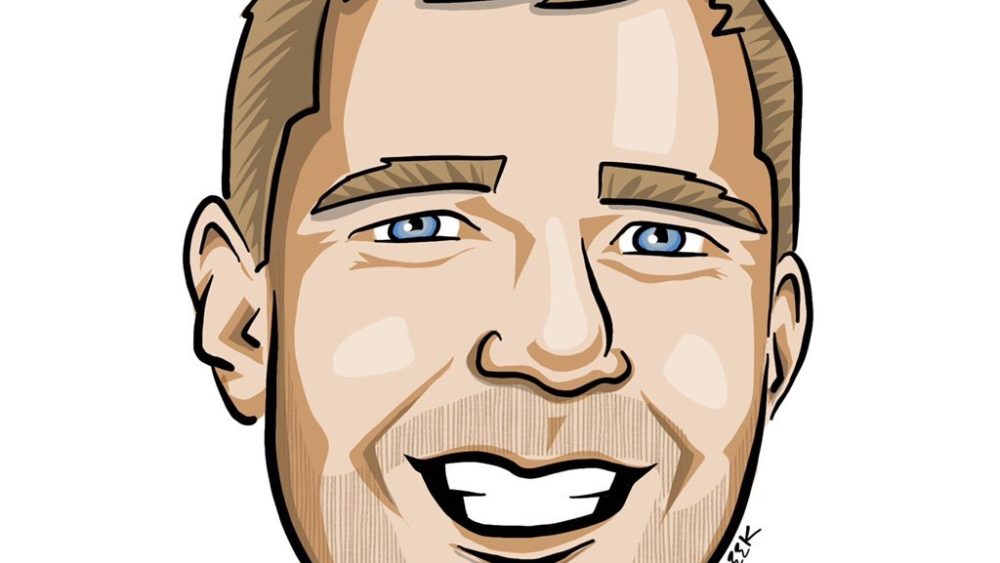Asking your customers what they want is a bad idea
If you are like most business owners, you are looking for ways to improve your products and services and increase overall customer satisfaction. And, if you are like most business owners, you go about this by asking your customers what they want and what they would like you to do for them. On the surface, this seems like the way to go, but it isn’t. Why? Because your customers don’t know what they want.
Smartphones became popular in the 2010s. If you asked people around 2005 what they wanted to see in a cell phone, they would have said smaller phones, easier texting and better sound quality. I know this because I worked in the marketing departments of cell phone operators like Vodafone, France Telecom and British Telecom. Not a single person mentioned better camera, higher screen resolution, wireless charging, Facebook or Instagram. Nobody asked for driving directions, voice activation, movie viewing or gaming.
Why? Because we didn’t know we wanted those things. Some of those didn’t exist yet, and the ones that did were mostly known only within small circles developers or not yet integrated into mobile devices. When I started in cellular back in 1988, cell phones were only for the rich. Most of the general public was against them. People didn’t want to be reachable all the time. Nobody wanted phone calls in the car or at the beach. But history has shown that while we believed we didn’t want these things, we actually did. Imagine if phone developers asked consumers what they wanted and gave us smaller phones, easier texting, and better sound quality. You would not be posting on Instagram or gaming on your smartphone, and yet we all would have been given what we wanted, what we asked for and in some cases, even demanded.
If you had asked someone in 2005 what you could do to improve their home movie viewing experience, you probably would have gotten answers like more DVD selection at Blockbuster or longer rental times. We didn’t know we wanted streaming content. Netflix launched its streaming services in 2007. In 2005, we all would have asked for more DVDs. I don’t know about you, but I have not had a DVD in my hand in years.
There are countless examples like this. We only know what we want based on what we know is available and possible. Right now as I type, I sm streaming in my music. Today, I want more streaming options at a lower price. But will I be streaming music in ten years or will it go the way of the CD because something better came out that I did not even know I wanted?
So, what’s a business owner or marketing person to do? How do you find out what to develop or offer your clients? Instead of asking what they want, find out what they are trying to do, what headaches they have, what gets in their way. If you can, don’t just talk to the owner, talk to staff, the people that are doing different functions, as they often have the insights you need to create and deliver something that WOWS!
If we go back to cell phones, yes, we wanted those basics, but we also wanted to simplify our lives. In the mid to late 2000s, I had a phone, a digital camera, an MP3 player, a Gameboy, and a few books. For moves, I could play a DVD on my laptop. I took those things almost everywhere I went. Now, I can do all of those things and more in one device that weighs less than my MP3 player at the time. I could not imagine such a thing just a little more than a decade ago, but someone looked around at how we lived and started asking the right questions. Those questions led to the smartphone. And the people that are taking those questions further are going to bring us the next thing we can’t live without.
Talk with your customers and get to know them, really know them. See if you can shadow someone for a few hours. When working with my clients, I make it a point to ask open-ended questions like:
- When was the last time you __________?
- When was the last time you__________?
- Why do you need to do __________?
- Why is ________ such a pain?
Those questions will create a conversation. Don’s guide the answers, but keep asking questions like, “what do you mean by….? Or “can you explain why ______ is important?” until you get clarity. The goal of the conversation isn’t to get to the answers, but to give you the information you need to get to work creating something your customers are craving but have no idea they want.
Robb Selander is the co-founder of Red Onx, and works with small businesses to help them create value propositions that matter and marketing plans that get results. Robb is also a public speaker in the area of marketing and customer engagement. For more information, you can email him at robb.selander@redonx.com.

